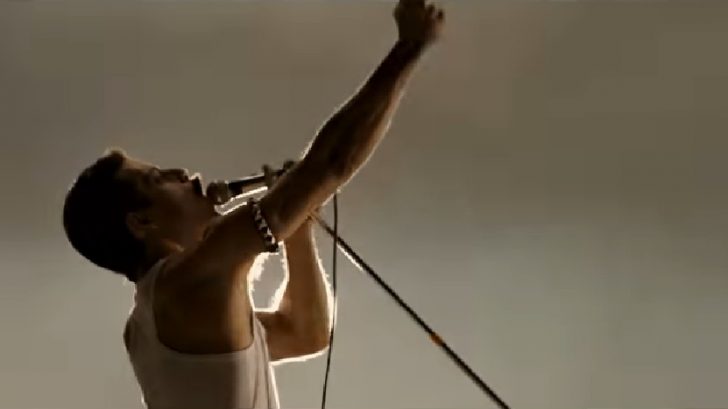It seems impossible to cram a lifelong story in just two hours. Let alone make a biography film about Queen, a band who had a frontman who was larger than life. Freddie and Queen had led extraordinary lives. That doesn’t stop Hollywood to exaggerate, create additional characters, alter timelines, and add drama.
Fans of Queen are bewildered on certain inaccuracies in Bohemian Rhapsody. Perhaps it was to make things more comprehensible to a wider audience. Or just to make it more docile for 13-year-old viewers. Nevertheless, fans pointed out what Bohemian Rhapsody had clearly altered.
Read on to find out 11 times Bohemian Rhapsody got wrong:
- The Band Took It Slow
In the movie, we see that Queen immediately formed after Mercury exhibited his vocal prowess to Taylor and May. The latter’s vocalist left and the band was no more. Mercury apparently wasn’t acquainted with the two before going up to them. He wowed Taylor and May with an impromptu audition before walking away.
In real life, the three musicians have known each other for quite some time. May and Taylor were already in a band called Smile. Mercury, on the other hand, was a vocalist in a different group called Ibex, which was later named Wreckage. Tim Staffel, the lead singer, and bassist of Smile introduced Mercury to the group.
It was in 1969 when Mercury (who was then “Bulsara”), Taylor, and May performed together at an Ibex gig. Mercury, Taylor, and May soon shared a flat. In 1970, Staffel left Smile, but Mercury encouraged May and Taylor to continue. He also filled in for Staffel’s spot as the lead vocalist. John Deacon soon joined the lineup in 1971.
This group would then be known as Queen. The band took years to change into what we know now. Even before stardom, the members already knew each other and their musical capabilities.

Photo Credits: YouTube /
Annie Appletree
- Popping The Question
Who doesn’t like a little bit of romance?
One of the things that Bohemian Rhapsody got right was Mercury’s relationship with Mary Austin. However, the film didn’t cover that Austin first dated May before being introduced to Mercury. It was true they met at Biba and she was captivated by this “wild-looking artistic musician”.
Most of the audience, especially those who aren’t familiar with Mercury’s pre-Queen life, were surprised about his heterosexual relationship. It is widely mistaken that Mercury was homosexual. He was involved with Austin for 6 years and eventually proposed.
Here’s when Hollywood starts to exaggerate. In the film, we see Mercury proposing to Austin with a large brilliant diamond ring. The rest of the band then barges in to announce they are touring America.
Austin recounts that Mercury popped the question at Christmas Day in 1973.
“He gave me a big box on Christmas Day. Inside was another box, then another and so it went on. It was like one of his playful games. Eventually, I found a lovely jade ring inside the last small box… I was shocked. It just so wasn’t what I was expected. I just whispered, ‘Yes. I will.’ ”

Photo Credits: YouTube / John Fox Ph
- When Things Started To Get Awkward
The film did get it right when Mercury confessed that he was bisexual and Austin replied: “No, Freddie, you’re gay.” Mercury had also started having an affair with men despite still engaged to her.
While the film depicted the two falling out due to Mercury’s advancing musical career, the reality was entirely different. Austin simply shifted from fiancee to a close friend. She stayed so until his death in 1991.
Their relationship wasn’t so strained either unlike in the film. Despite not in an intimate relationship with Mercury, Austin remained an important figure in his life. Even on tours, she was present and part of his company.
Mercury once told People magazine in 1977:
“All my lovers asked me why they couldn’t replace Mary, but it’s simply impossible. The only friend I’ve got is Mary and I don’t want anybody else. To me, she was my common-law wife. To me, it was a marriage. We believe in each other, that’s enough for me.”

Photo Credits: YouTube / Top Moments
- Who Is Ray Foster?
Another memorable scene was when Queen met up with fuzzy-haired EMI Executive Ray Foster. Foster, who was skeptical about the potential of the 6-minute track Bohemian Rhapsody, refused to air it. He asserted that the track will never be a hit and instead they should play “I’m In Love With My Car.”
The band storms out of his office only to throw a rock at his window.
As entertaining as this scene is, this never happened. Ray Foster is not a real person too. He is loosely based on EMI Chief Roy Featherstone. He was the one who commented that Bohemian Rhapsody was too lengthy to be a single.
This scene is an obvious joke to Wayne’s World fans. Mike Meyers, who played Ray Foster, also played Wayne Campbell in the movie. In one scene, the teenagers are in the car, banging to Bohemian Rhapsody.
“That’s the kind of song teenagers can crank up the volume in their car and bang their heads to. Bohemian Rhapsody will never be that song.”
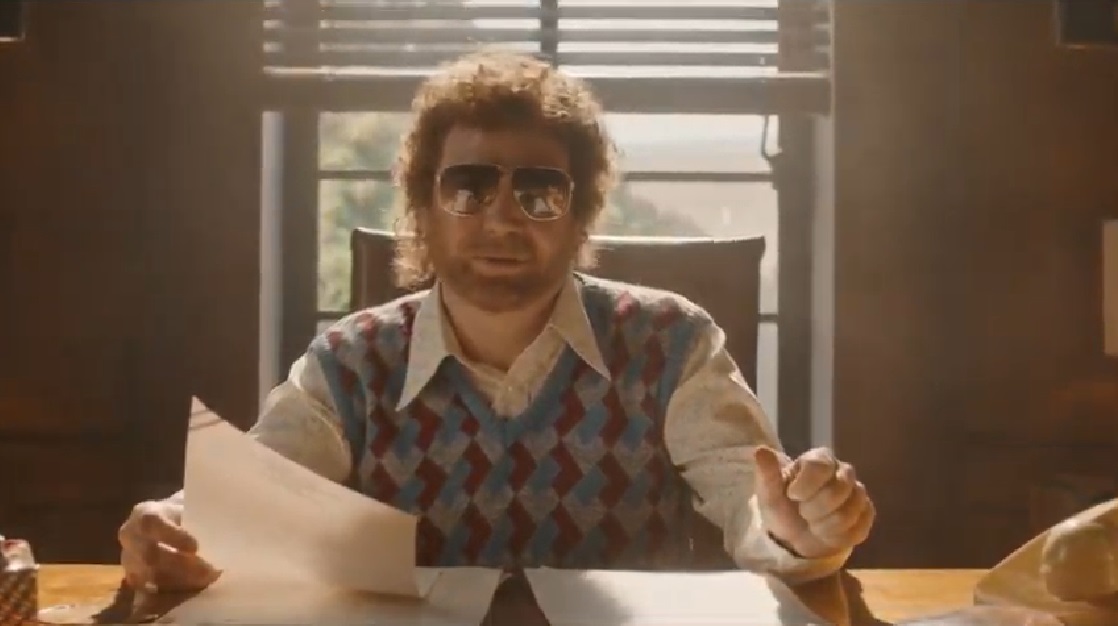
Photo Credits: YouTube /
Lord Severinus
- Solo Flight
The audience would remember the scene when Mercury tells his bandmates he signed a deal with CBS Records. The scene exuded emotions, but the actors stayed true to character. Viewers can feel the strain between Mercury and his bandmates. Taylor then drops a dramatic line: “You just killed Queen.”
But it didn’t happen that way. The band didn’t break up, they just took a break. After the release of their album Hot Space in 1982, Queen members decided to embark on solo careers. Everyone agreed to this decision.
In fact, Mercury didn’t even want to do a solo album. Taylor recounts:
“It’s just that he got an awful lot of money from CBS. When it came down to actually doing a solo album, he did sort of miss us. He used to ring me up, and I’d have to fly to Munich to do his background vocals.”
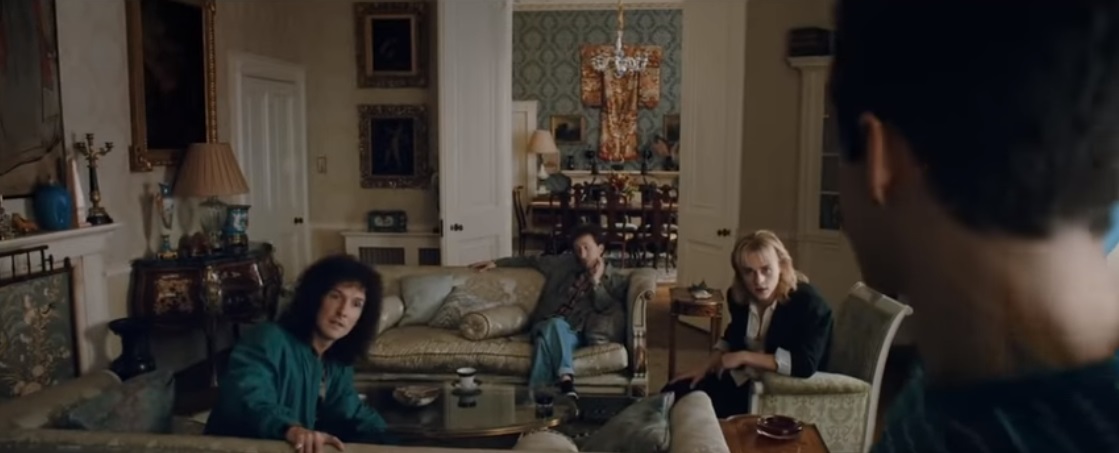
Photo Credits: YouTube / WatchMojo.com
- Firing John Reid
Tensions begin to arise as John Reid, the band’s manager, suggests to Mercury to pursue a solo career. Mercury is livid and kicks Reid out of the limo, eventually firing him. Viewers will remember that Prenter was the one originally who had the idea, only to deny that he had anything to do with it. Reid tells Mercury: “You’re firing the wrong snake, Freddie.”
Dramatic as it is, it didn’t happen like that. Reid simply said “I’m leaving,” to which the band replied, “Okay, cool.” Reid parted ways with Queen in 1977, but the members still remember him fondly.
In a documentary Days of Our Lives in 2011, Taylor recounts their professional relationship with Reid.
“We had a good working relationship with John. He was very fiery and very feisty, but so were we. So we weren’t scared of him.”

Photo Credits: YouTube / WatchMojo.com
- Paul Prenter: The Guy Everyone Hates
Every film needs a villain and Paul Prenter fills that role. The film depicts him as manipulative and self-serving. Prenter doesn’t relay messages, separates Mercury from friends, and enables him to abuse drugs. Prenter controlled everything what Mercury should or should not do.
After seeing Austin, Mercury realizes his mistakes, and the audience is thrilled to see Prenter get his just desserts. In retaliation, Prenter sold Mercury’s secrets to the media. But how much of this is true?
It is true that Paul Prenter served as Queen’s manager. He was also Mercury’s lover from 1977 to 1986. The rest of the members also hated Prenter, particularly May and Taylor. The two didn’t like how Hot Space sounded and blamed Prenter’s influence.
Prenter was still the band’s manager during the Live-Aid. Though the film got it right that the two separated when Mercury decided to stop using drugs and partying. The spiteful former DJ proceeded to sell Mercury’s secrets to the media. This resulted in the latter firing the manager.
Hutton recalls that what Prenter did was an ultimate betrayal to Mercury.
“We later learned that Prenter had been paid £32,000 by the paper for his story. Freddie never spoke to him again. For the next few days, there was more in the Sun, and at each episode of Prenter’s story, Freddie became angrier. Prenter sold the paper several photographs of Freddie with various lovers and these were thrown over two pages under the heading ‘All the Queen’s Men’. ”
We may never know what the real Paul Prenter has to say about his movie portrayal. Or how much of it is true. Paul Prenter passed away due to AIDS-related illness in August 1991. A mere three months before Mercury’s.
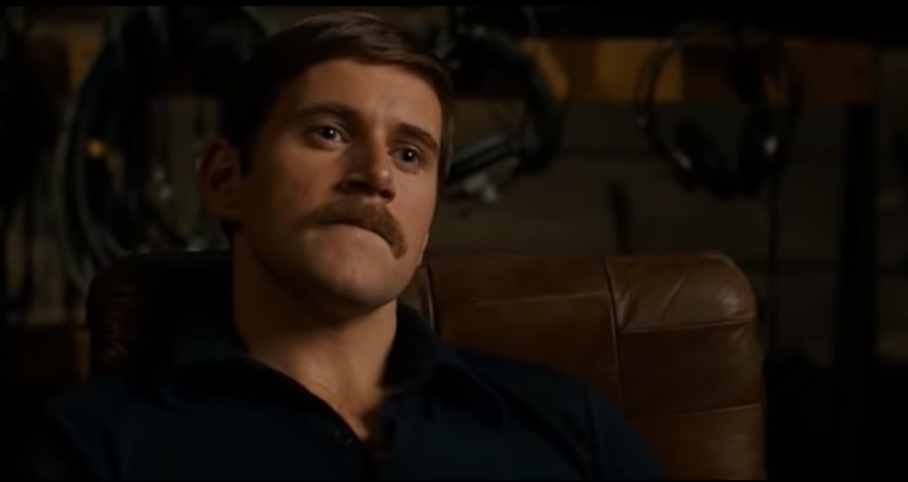
Photo Credits: YouTube /
John Fox Ph
- Better Late Than Never
The Live-Aid concert was the climax of the movie. An estranged Mercury wanted to perform in the event, but he had to reconnect with his former bandmates. The movie adds drama when Mercury humbles himself and asks forgiveness from his friends.
There are numerous inaccuracies as to why Queen joined late.
First, the band didn’t split up but had just returned from a world tour 2 months prior to the event. Second, they were hesitant to perform in daylight and if the sound system would meet their standards. Third, it wasn’t Paul Prenter didn’t pass the news, but due to Bob Geldof, the event organizer.
Geldof was hesitant in letting Queen in. Fortunately, Queen agreed to perform, making rock and roll history.

Photo Credits: YouTube / WatchMojo.com
- No AIDS Diagnosis Before Live-Aid
During a practice session, Mercury reveals to his bandmates that he had been diagnosed with AIDS. This prompts them to give the best performance they ever had. This scene showcased that Mercury was a performer until the end.
The film got the timeline wrong. Live-Aid happened in 1985 and Mercury was diagnosed in 1987. He lived a good 6 years before his death in 1991.
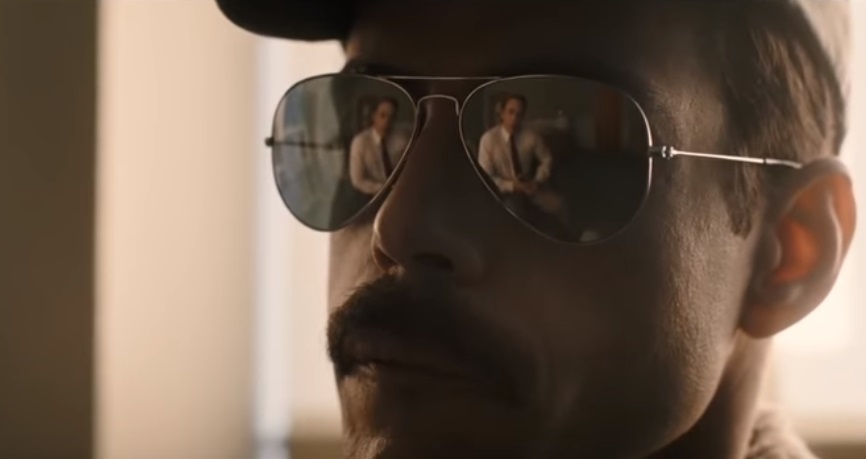
Photo Credits: YouTube / WatchMojo.com
- Hutton Was Hairdresser Not A Waitstaff
The audience was first introduced to Jim Hutton as a waitstaff. One night after one of Mercury’s wild parties, Hutton was cleaning up, the singer hits on him. The two then have a deep conversation and develop a connection. Hutton then leaves, leaving a lasting impression on Mercury. The relationship doesn’t develop until the Live-Aid event.
In fact, Irish-born Jim Hutton wasn’t a waitstaff, but a hairdresser. He and Mercury met at a gay club. The singer offered to buy him a drink, but Hutton refused. Hutton was already in a relationship with another man.
The two reconnected after a year and a half later in a different club.
In the film, Mercury tracks down Hutton through a phone book. It’s quite senseless that Mercury goes through all that trouble to find a man he talked only once. But then again, Hollywood needs to embellish to sell.
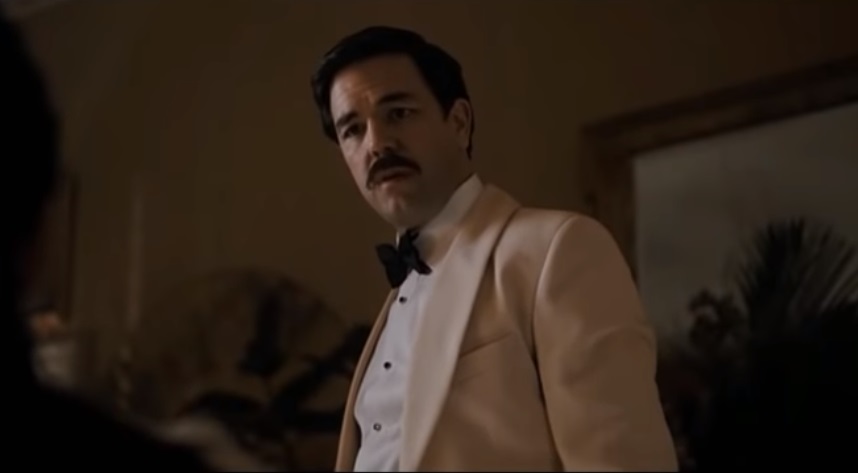
Photo Credits: YouTube /
John Fox Ph
- Austin and Hutton Weren’t Close
As the film draws to a close, Austin and Hutton stood side by side, marveling at Mercury’s outstanding performance. All seems well between them. But that is pure fiction.
In real life, Jim Hutton and Mary Austin were not friends. Though the two remained by Mercury’s side until his death, they had differences. In fact, after Mercury’s death, Austin kicked Hutton out of the mansion, despite Mercury’s wishes of wanting Hutton to stay.
Austin gave Hutton 3 months to gather his belongings and leave. The latter used the £500,000 inheritance to purchase a home in West London and build one in his native Ireland. Hutton wasn’t left in the bind, but Austin didn’t want him nearby.

Photo Credits: YouTube /
aoe Funny

